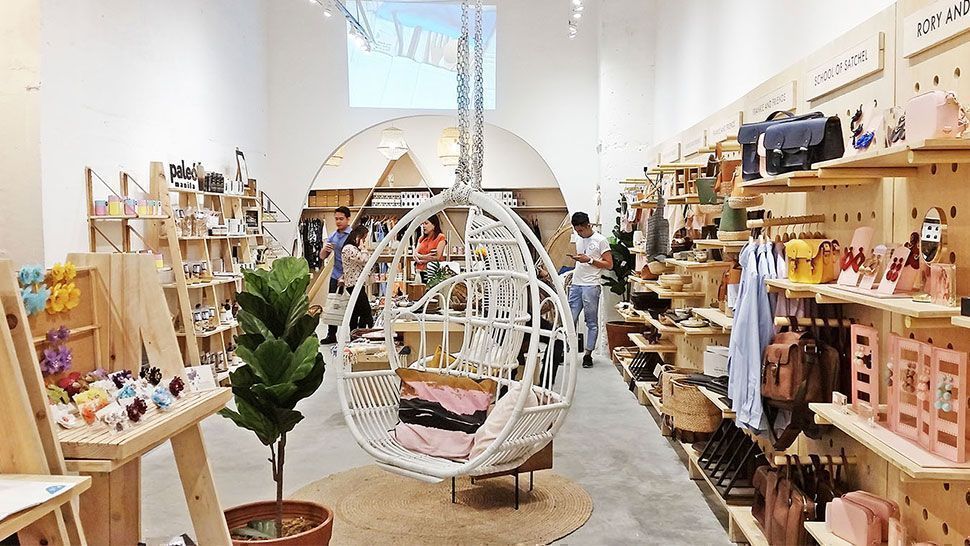
For apparel and lifestyle brands, choosing the best demand planning software isn’t just a nice-to-have—it’s a strategic game-changer. When the seasons change fast, trends shift in an instant, and SKU complexity balloons (think size, colour, style), you need a tool that doesn’t just crunch numbers, but helps you anticipate what’s coming next. In this landscape, demand-planning & forecasting software brings together data, algorithms and business insight—so you can sail ahead of the curve rather than chase it.
Let’s imagine you’re the planning lead at a mid-sized lifestyle brand. You’ve got dozens of new releases, multiple stores, e-commerce, and want to hit the sweet spot: enough inventory to meet demand, but not so much you’re left with hangers and markdowns. And that’s exactly where compelling demand-planning & forecasting software shows its value.
Why the apparel world is especially demanding
Apparel is a tricky beast. Unlike generic consumer-goods where demand may be relatively stable, fashion and lifestyle brands face rapid trend swings, short product lifecycles, promotional peaks, and variations by size/style/location. One week a colour is hot, the next it’s passé. That means your forecast model needs more than “last year’s number + trend”. You need specialised tools that:
- work at size × style × colour × location level (not just “style”).
- incorporate external signals (social media, weather, events) not just purely historical sales.
- adapt quickly when something unusual happens (viral moment, influencer drop, supply delay) rather than rigid annual planning.
What to look for in the best tools
Here are key features that make the truly useful ones stand out:
- Granular forecasting capability – The software should give you demand predictions by size, colour, style, store, and online channel. Tools built just for apparel (rather than generic demand-systems) have models designed for that dimensionality.
- AI-powered trend sensing – Not only what sold last year, but what will be popular this season. Less guessing, more evidence. Examples: tools that analyse social data, search trends, influencer signals.
- Scenario modelling and agility – “What if our influencer campaign triples demand for this line?” or “What if raw-material delays delay the shipment by 4 weeks?” The system should let you run and compare scenarios. Also: real-time corrections if something unexpected happens.
- Cross-functional integration & collaboration – The planning team, merchandising team, supply chain, stores: they all need to work off the same forecast. A good demand-planning & forecasting software will allow dashboards and collaboration, not just generate numbers in isolation.
- Outcome-oriented metrics – Because ultimately you don’t just want “accurate forecast” but better business results: fewer markdowns, higher sell-through, better customer availability, lower waste. The tool should track and help improve those.
How good planning software delivers business value
Here are five ways that great demand-planning & forecasting software translates to real wins for apparel & lifestyle brands:
- Reduced excess stock and fewer markdowns: When you forecast more accurately and catch the trend changes in time, you avoid overproducing items nobody wants. Inventory risk drops.
- Better customer experience & brand trust: When your desired style/size is available in-store or online, customers are happier and more loyal. Missed sizes or out-of-stock items hurt the brand.
- Agility in launches and new styles: When you launch a new line, you don’t have exact historicals. The right software helps you use proxy data (similar styles, market signals) and picks up early trend signals.
- Improved margin & profitability: Less spending tied up in “sitting stock”, fewer fires to manage, smoother production/supply chain—all contribute to healthier margins.
- Sustainability and waste reduction: Overproducing clothing is costly and unsustainable. When you align production with real demand, you help reduce waste—something increasingly important in the lifestyle industry.
Choosing the right vendor and implementing it well
When your leadership team asks for how to pick the right solution, these tips can help:
- Ask for industry-fit: Is the vendor experienced in apparel & lifestyle (rather than generic supply chain)? Do they understand size-style-colour complexity, channel mix, fast-moving trends?
- Check data readiness and governance: You’ll only get good outcomes if your data is clean, integrated (online, stores, promos, returns) and your team is ready to act on the insights.
- Pilot with a clear scope: Rather than overhaul everything overnight, pick a line or region, test the software, measure results.
- Ensure change management: New workflows, new insights, new ways of planning. Make sure merchandising, supply chain, finance are onboard.
- Focus on KPIs beyond forecast accuracy: Track business metrics like sell-through, markdown rate, size-stock outs, sustainability metrics—not just “was the number within 5%”.
Final thoughts
In today’s apparel & lifestyle world, where trends evolve at lightning speed and consumer behaviour is shifting constantly, static spreadsheets simply don’t cut it anymore. The brands that win will be the ones equipped with the right demand-planning & forecasting software that blends powerful AI, actionable insights and true business integration.
The message is clear: invest time in selecting the right tool, get your data and processes ready, and you can turn what used to feel like “guessing the future” into something much more reliable and strategic. That means happier customers, more profitable launches, and less wasted inventory.
The best demand-planning software isn’t about being perfect—it’s about being ahead of the curve, nimble, and aligned with what your business and your customers really need.